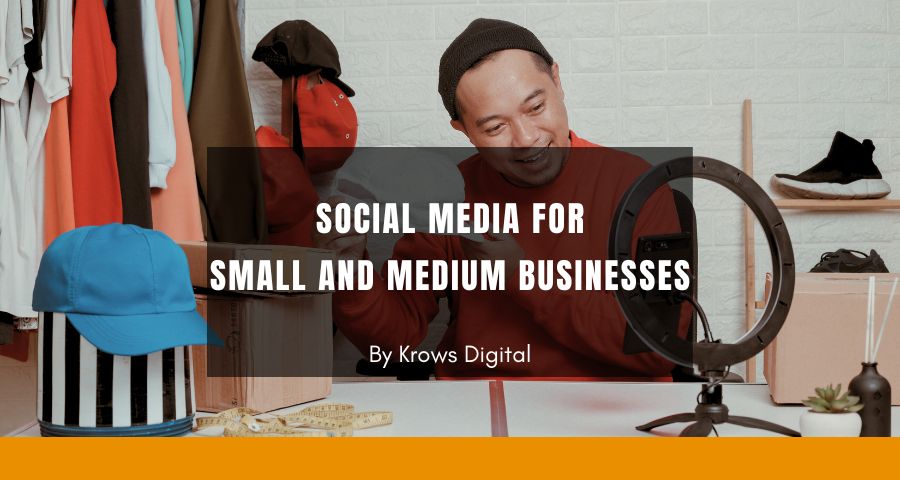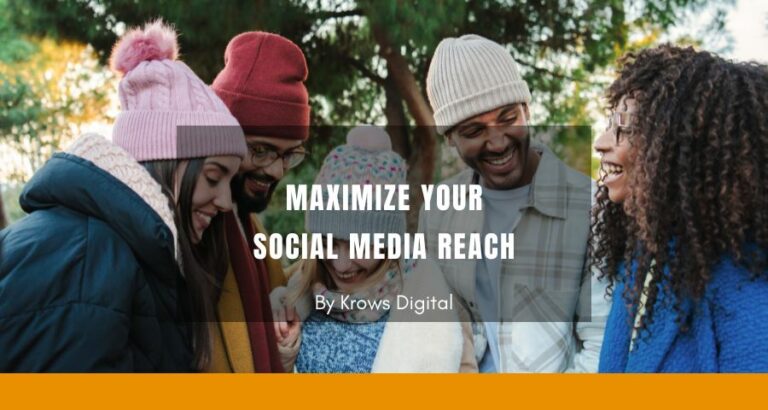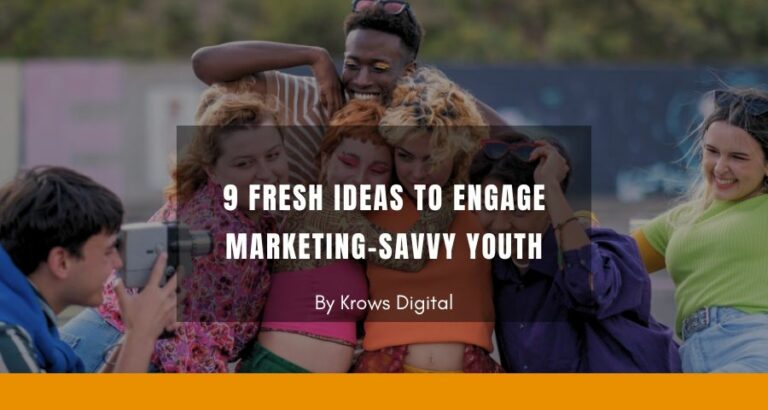In the bustling digital age, small to medium enterprises (SMEs) are finding themselves at the crossroads of opportunity and challenge when it comes to social media marketing. The potential to reach a global audience has never been more accessible, yet the complexity of navigating social media platforms to achieve a substantial return on investment (ROI) can seem daunting. In this comprehensive guide, we delve into the art of "Maximizing ROI: Tailoring Your Social Media Strategy to Fit Your SME's Budget and Goals", offering insights and actionable strategies to propelling your business forward without breaking the bank.

Introduction to Social Media's Impact on SMEs
Social media isn't just a tool; it's a dynamic landscape where brands come to life, engage with audiences, and build their empire. For SMEs, it represents a cost-effective way to reach potential customers, but only if wielded wisely. The key to success lies in developing a tailored strategy that aligns with your budget constraints and business objectives. This article will guide you through optimizing your social media efforts to ensure maximum ROI.

Understanding Your Audience: The Foundation of Your Strategy
Before diving into the platforms and posts, it's crucial to know who you're talking to. Identifying your target audience's preferences, habits, and online behaviors will inform every aspect of your strategy, from the content you create to the channels you prioritize.
Setting Realistic Goals and Budgets
An effective social media strategy begins with clear, achievable objectives and a budget that reflects your SME's financial realities. Whether it's increasing brand awareness, driving website traffic, or boosting sales, your goals should be SMART: Specific, Measurable, Achievable, Relevant, and Time-bound.

The Power of Platform Selection
Choosing the right social media platforms is crucial for small to medium enterprises (SMEs) aiming to maximize their online presence without stretching their resources too thin. Each platform offers unique benefits and targets different demographics, making strategic selection key to engaging your intended audience effectively. Let's dive deeper into how to make the best choices for your business:
Understanding Platform Dynamics
Firstly, it's essential to grasp the core audience and features of each major social media platform:
Facebook remains the largest platform, ideal for a broad demographic reach, with robust advertising tools and a strong focus on community building through groups and pages.
Instagram is visually driven, perfect for brands with compelling images or videos, targeting a younger audience.
Twitter excels in real-time engagement and conversations, suitable for brands looking to participate in trending topics and direct interaction with followers.
LinkedIn is the professional network, ideal for B2B companies, thought leadership, and professional content.
Pinterest appeals to those in the DIY, fashion, food, and creative spaces, with a predominantly female audience.
TikTok has rapidly grown in popularity, especially among Gen Z, offering short-form, creative video content.
Aligning Platforms with Business Goals
Each platform can serve different business objectives, from brand awareness to lead generation. For instance, if your goal is to establish thought leadership within your industry, LinkedIn's professional network might be your best bet. On the other hand, if you're a fashion brand looking to capture the attention of young, style-conscious consumers, Instagram and TikTok could be more appropriate choices.
Considering Resource Allocation
Managing social media effectively requires time, content, and sometimes financial resources, especially if you engage in paid advertising. SMEs should consider their capacity to create platform-specific content and the level of engagement required. Platforms like Instagram and TikTok, for example, require high-quality visuals and frequent posting to remain relevant, which might strain limited resources.

Analyzing Your Audience
Understanding where your target audience spends their time online is paramount. Tools like Google Analytics, social media insights, and market research can provide valuable information about your audience's social media habits. Tailoring your platform choice to where your audience is most active ensures your content resonates and engages effectively.
Testing and Evaluating
Finally, success on social media involves experimentation and adaptation. Start with a couple of platforms that align most closely with your business goals and audience. Use analytics to track engagement, reach, and conversion metrics. Over time, this data will reveal which platforms offer the best ROI, allowing you to adjust your strategy accordingly.

Content is King: Crafting Engaging and Relevant Posts
Learn how to create content that resonates with your audience, encourages engagement, and aligns with your brand's voice and objectives. This includes leveraging different content formats, such as videos, images, and blogs, to keep your feed fresh and interesting.
Harnessing the Potential of Paid Advertising
Paid social media advertising can be a game-changer for SMEs looking to boost their reach and conversions. This section will cover how to create cost-effective ad campaigns that target your audience precisely and yield measurable results.
The Role of Analytics in Strategy Refinement
Tracking and analyzing your social media performance is non-negotiable. By understanding what works and what doesn't, you can make data-driven decisions to refine your strategy, improve engagement, and increase ROI.
Engaging with Your Audience: Beyond Posting
Engagement doesn't stop at publishing posts. This part of the guide emphasizes the importance of interacting with your audience, building community, and fostering relationships that convert followers into loyal customers.

Influencer Collaborations: Expanding Your Reach
Partnering with influencers can amplify your brand's visibility and credibility. We'll discuss how to identify influencers aligned with your brand values and negotiate collaborations that benefit both parties.
Leveraging User-Generated Content
User-generated content (UGC) is a powerful tool for building trust and authenticity. Learn how to encourage and curate UGC to enhance your brand's social media presence.
Staying Ahead of the Curve: Adapting to Social Media Trends
The social media landscape is ever-evolving. This section will guide you on staying informed about the latest trends and adapting your strategy to maintain relevance and engagement.
Legal and Ethical Considerations
Navigating the legalities of social media marketing is essential for protecting your brand and your audience. This part of the article addresses copyright issues, privacy regulations, and ethical advertising practices.
Conclusion: The Path to Maximized ROI
Maximizing your ROI on social media is a continuous process of learning, adapting, and innovating. By tailoring your strategy to fit your SME's budget and goals, you can harness the power of social media to grow your business in a cost-effective and impactful way.
Embark on your journey to social media mastery today and start seeing the tangible benefits of a well-executed strategy. Remember, success on social media is not just about selling; it's about engaging, connecting, and building a community around your brand.
If you need to go further with professional expertise, contact us and we will discuss how to improve your online visibility through high-quality and engaging content.




